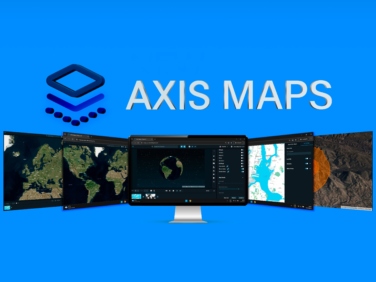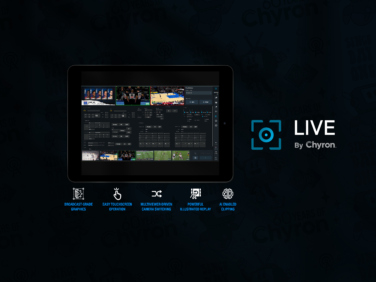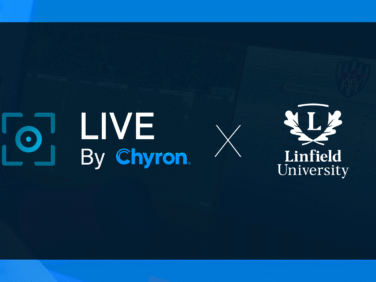
How to Simplify Virtual Sets, From Creation to Control
It takes a lot to bring a virtual set together for a live production. Creating the virtual scene itself in Unreal Engine, merging real-world talent and camera movements with the virtual space, and controlling your virtual set when you’re live on-air — every part of this complex process is vital. When you’re working with PRIME VSAR, however, you have access to all the tools and quality-of-life features you need to get it done, all within a single system that’s seamlessly integrated into your live production workflow.
Place the Unreal Engine at the Core of Your Show
With an advanced 3D creation tool that facilitates photorealistic rendering, dynamic physics and effects, lifelike animation, and more, Unreal Engine helps your design team create stunning graphics. The software’s open architecture also provides numerous advantages for virtual set design.
The Unreal Editor itself gives you a major advantage. Because its interface, tools, and flexible import capabilities have made it so popular, you can draw on a huge pool of creative talent to help you build amazing virtual scenes. Flexible import is vital to the workflow, because it allows designers to do the bulk of their work in preferred third-party programs such as Blender or Cinema4D — as many designers like to do — and then bring graphics into Unreal near the end of the process to optimize it for a real-time environment.
Another big advantage in working with Unreal Engine and PRIME VSAR is that you benefit from Epic Games’ ongoing support and development of the Unreal Engine’s graphics capability. PRIME VSAR is evolving along with Unreal to ensure users can work with all the latest and greatest features and capabilities. For example, the recent PRIME VSAR 1.7 release supports Unreal Engine 4.26, which not only juices up the graphics features with strand-based hair and animation sequencing for character models, but also gives designers the ability to generate volumetric clouds, atmospheric lighting, and fluid water physics for really beautiful natural environments.
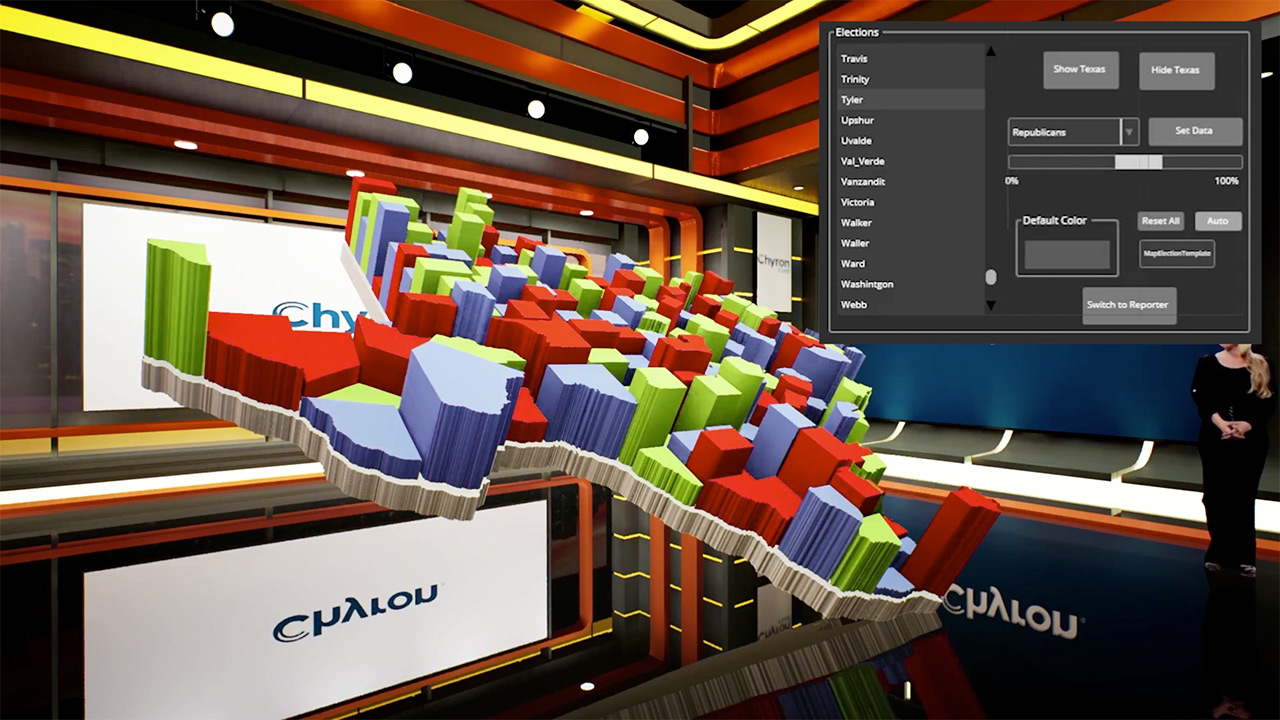
[SEE PRIME VSAR IN ACTION: PRIME VSAR – Overview – Unreal Virtual Production and Augmented Reality]
Leverage Built-for-Broadcast Template-Based Workflows
Because Epic Games focuses on making Unreal Engine more capable and powerful all the time, Chyron is able to focus on building and refining the workflow around the Unreal Engine to make it a perfect fit for the live production space.
PRIME VSAR and the Chyron’s CAMIO graphics template management solution make it easy to convert Unreal scenes into editable and reskinnable templates that non-designers, including your producers and journalists, can bring into the live production just as they would any other news graphic, with elements that are easily replaceable within the newsroom.
With PRIME VSAR and CAMIO driving your template-based workflow, you can easily leverage Unreal Engine to bring memorable, high-impact graphics to your everyday news programming. Producers and journalists can browse a visual VSAR scene asset library, build rundowns directly within your existing NRCS, generate scene previews, and push real-time scene updates through to live playout.
[READ: Maximize the Value of Unreal Virtual Production for News]
Take Advantage of Built-in Virtual Production Tools
When you’re working in PRIME VSAR, you have access to all the tools you need to bring a virtual set production together. Unlike other solutions, which require costly external systems, PRIME VSAR builds these essential components into the host machine.
The first of these key components is the chroma key, which is how you’ll transpose your live talent from the green screen into a virtual scene. The 1.6 update of PRIME VSAR implemented the Unreal Engine’s internal chroma keyer, which is perfect for getting a professional-grade chroma key — again, without the need for a costly external system! PRIME VSAR offers a chroma key composition tool that is essentially built around the real-time compositing plugin Composure in Unreal, allowing you to assemble a high-quality multi-pass chroma key.
The second vital component you’ll find in PRIME VSAR is the built-in camera tracking processor, which supports the full spectrum of tracking devices including Mo-Sys, Vinten, Shotoku, Stype, and many more. This processor takes the motion tracking data from your on-set and robotic cameras and allows PRIME VSAR to replicate that camera movement fluidly in your virtual sets and AR experiences. It also plays an important role in generating a perspective-accurate parallax effect for virtual set extensions on real-life video walls.
[READ: Three Ways to Leverage the Unreal Engine in Your Studio]
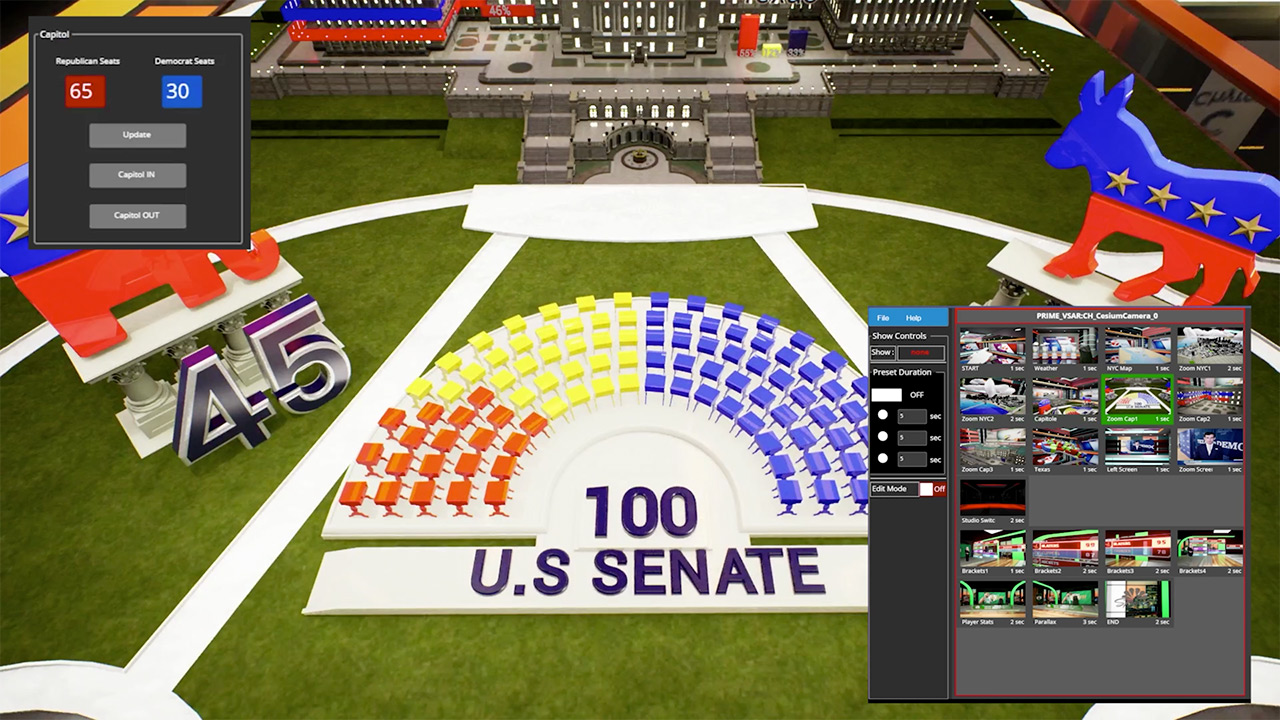
Enable Effortless Virtual Camera Control
For trackless environments, where you have one stationary camera set up to capture your talent and all camera movements happening virtually within your Unreal scene, PRIME VSAR provides the excellent Mercury Panel application for virtual camera shot storage and recall. As you set up virtual camera shots and save them in PRIME VSAR, the Mercury Panel will populate with visual previews of each shot. You can organize different shot lists for different shows and change the animation speed of camera movement. Ultimately, this is a great tool that pretty much anyone can figure out in seconds and use to control the shots on your trackless virtual set. Plus, it’s accessible via web browser, which is always handy.
Streamline Management of Virtual Set Graphics
The last tool in the PRIME VSAR toolkit is possibly one of the coolest — the custom control capability enabled by PRIME Panels technology. It’s absolutely incredible how deep the hooks can go control-wise. You can change text, manage data, reskin graphics, tune lighting and animation, or make big sweeping changes with one-button commands that trigger several graphic changes and parameters. And because of the programmability, you can quickly and easily configure interfaces that just make sense for a particular graphic or virtual studio. What does this mean for your production team? Anyone can sit down with this control interface for 10 seconds, and they’ll be able to control your elections graphics or an entire sports studio.

All-in-One Access to the Power of Unreal
You were already aware of the amazing virtual sets you can create with the Unreal Engine, and now you know that PRIME VSAR makes it easy to bring it all to life. With this single system, you can leverage Unreal Engine fully and access all the tools you need to design virtual set elements, repurpose them for different programs, compose your live output, and control your show when you’re live on-air.
Visit the PRIME VSAR 1.7 breakdown page to see the latest updates, blog articles, and videos about this Unreal virtual set and augmented reality suite.
